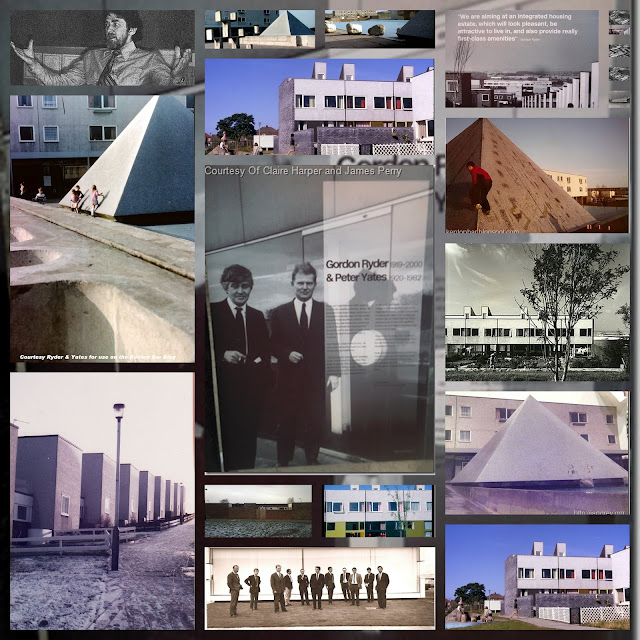The biggest tree on the estate is no oak……
I received the following information courtesy of “The Bosnian” with regards the alleged Oak tree.
“Dear El Patron
that oaf Mensforth purports to be a man of learning – piffle!. The tree photographed by him on Kenton bar estate has now been identified positively from the scanned leaf specimen posted by Mensforth. The tree is almost certainly a Sycamore. We can be 100% sure once the oaf Mensforth has taken the time to gather a seed sample. The seeds should be about ready to fall now as it is autumn in the northern hemisphere. I read briefly in one of my arboreal jazz-mags and would like to impart the following information on the noble Acer pseudoplatanus:-





A tree of contradictory perceptions; once loved as a shade tree it now bears the scorn of some countryside organisations that see it as a 'weed' which needs to be removed.
What other names does it have?
Can also be known as
- Great maple
- Plane (Scotland)
Generic name
Sycamore
Latin name
Acer pseudoplatanus
Family name
Maple
Latin family name
Aceraceae
What type of tree is it?
It is a deciduous broadleaf
Average height
16-35m
Leaf
Description
All maples have five lobed leaves. Sycamroe has many large coarse rounded teeth/serrations on each lobe. The leaf stems are characteristically red
Shape
Palmate
Size
Around 20cm long and wide
Colour
Dull, dark green
Leaf bud
Large light green buds which may be clustered at the end of a twig
Leaf stalk
Long stalk
Leaf arrangement
Opposite
Flower, seed, and fruit
Type of flower
Multiple flowers in spike
Flower size
A 'tail' of flowers 6-12cm long, individual flowers very small
Tree/flower sex
Both sexes
Fruit colour
Green ripening to pale brown
Fruit season
Autumn
Type of seed body
Large winged seed/key
Seeds dispersed by
- Wind
Bark and twig
Bark description
Pinkish-grey and smooth. After around 80 years small pale grey plates develop
Twig Description
Stout twigs browny-pink in colour
What other trees are similar?
Can easily be confused with?
Other very similar maples
Where is it usually found?
Is it native or non-native to the British Isles?
Non-native - naturalised
Where is its natural range?
Europe although precise locations are lost due to the long history of planting this tree
Preferred soil type or environmental conditions?
Tolerates a wide range of conditions including urban and coastal environments.
What is its British conservation status?
Common
Additional information
Human uses of tree and timber
This tree has numerable uses, it was possibly first introduced as a shade tree to give respite from the sun in parks and gardens. It timber is also of use, it is as strong as oak but does not last as long. The wood was commonly used for making toys or kitchen items as it was easily dyed and lacked a sticky resin which some other woods have. Now sycamore is a commonly planted street tree as it copes well with the polluted and harsh environments of our towns and cities.
Tree lore and folklore
The winged seeds known as ‘helicopters’ were used in flying competitions and model-making by children. More locally sycamore was the favoured wood for making 'love spoons' in Wales. These wedding gifts are linked with rings and were traditionally made from a single piece of wood.


That'll be about right. PAH!
ReplyDeleteWe used to collect the helicopters & chuck them off the top wall in the square to see how far they would fly.
ReplyDeleteWe used to collect the helicopters & chuck them off the top wall in the square to see how far they would fly.
ReplyDelete